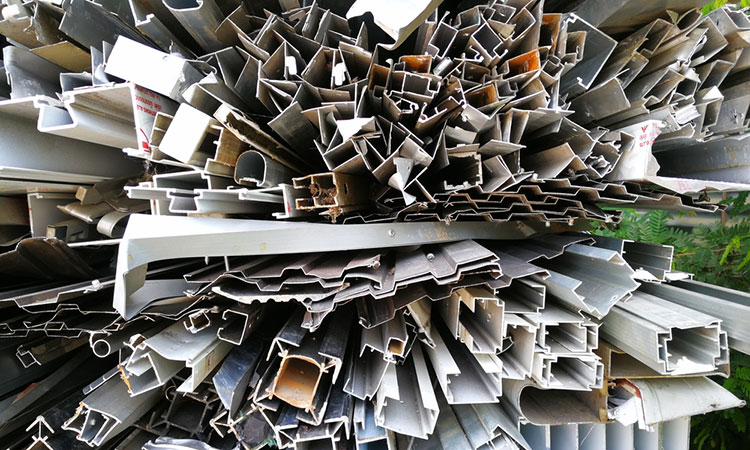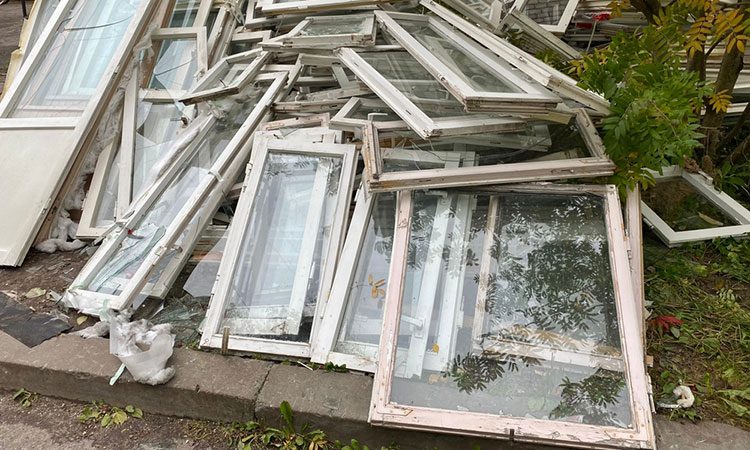
For too long the PVCu window industry has been much maligned, accused of poor quality products that don’t stand the test of time, and are simply polluting the world with more plastic.
That was back in the 1990s. Over the last thirty years the industry has undergone massive investment and technological innovation. The result today is the availability of a wide range of different products with a quality that is second to none, that promise excellent rates of energy efficiency, and that are often manufactured from recycled plastic, as well as being fully recyclable themselves.
Product Changes Moving towards Net Zero
There are a number of changes to the building regulations affecting windows which make up the drive towards the 2025 Future Homes Standard. Part L stipulated the u-values of new windows and doors. For replacement windows in existing buildings, the u-value has been reduced from 1.6 W/m²K down to 1.4 W/m²K, to bring it in line with the requirements for all new build homes. This will reduce further by 2025, and is a significant element in the industry’s drive towards meeting a 31 per cent reduction in CO2 emissions for all new homes.
Straight to Recycling – No More Landfill
The PVCu that is used in the manufacture of windows and doors is a high recyclable product. Tests indicate that with a lifespan of 35 years, the PVC can be recycled up to ten times without losing ay of its integrity – giving it an overall lifespan of at least 350 years.
In the past, when ripping out old PVCu windows from the 1980s and 1990s, the discarded products would simply be dumped in landfill sites. Today, those old windows have become a commodity in their own right. Specialised companies arrange to collect the old product for free on behalf of installation companies. They are then taken to recycling processing sites, completely stripped, and then pulverized into pellets that can be reused to manufacture all kinds of different products.
The commitment to working towards sustainability is one that is felt throughout the industry, not just the large national suppliers. Local installers like Diamond Windows of Droitwich embrace the responsibility to ensure that they are doing their bit by complying with all regulations, and working towards the changes alongside their supply partners.

Looking at an Aluminum Alternative
Should PVCu really not be a preference for a homeowner, then aluminium window frames are becoming more and more popular. Aluminium frames equally need to meet the requirements of Part L regulations, but more important is the sustainability and recyclability of aluminium.
The metal was first introduced commercially in the 1880s. Since then, 75 per cent of all aluminium is still in use today – which means that only 25 per cent of all aluminium is completely new. If you consider the amount of aluminium used not just in windows, but in a wide spectrum of industries, then this figure is astounding.
Another factor to consider is that it takes just 5 percent of energy to recycle aluminium compared to extracting it raw from the earth’s crust. Once an old aluminium window has been removed and stripped of all the different elements needed to make it into a window, then the remaining aluminium is simply melted with no loss to the integrity of the metal.
As a homeowner, considering replacing older, energy inefficient windows will not require you putting more rubbish into landfills, but returning much needed industrial resources back into the manufacturing supply chain. The chances are the products you replace them with will have gone through the same recycling process.

Leave a Reply